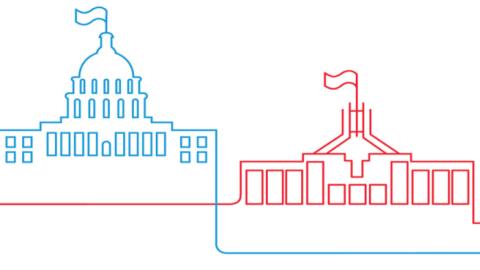Introduction
The comprehensive challenge China poses to the United States might be the only issue that brings bipartisan consensus to Washington these days. There is a growing appetite to challenge China’s unfair trading policies, military buildup, worsening human rights record, coercive economic practices, and drive to dominate the key technologies and industries of the future.1 Regardless of any trade deal that the Donald Trump administration might strike with Beijing, and irrespective of who the next US president is, the American response to a more externally aggressive and internally repressive China is likely to endure and become sharper, broader and deeper.
The future of the US-Australia alliance must evolve with this reality in mind. Both countries are committed to a vision of a free and open Indo-Pacific. Following nearly 70 years of a formal treaty relationship, the two countries are well-suited to working together on security and defence matters in support of that vision. But as a more comprehensive and assertive US strategy emerges, cooperating in other areas might become more challenging if Australian and US interests are, or are perceived to be, less well aligned.
Failure to understand and address key differences in interests and viewpoints between allies will significantly dilute the effectiveness of cooperation between the two countries. Disagreement between close allies is normal, but without bilateral responses based on honest discussion, alliance management can easily devolve into papering over differences and a seeking of the lowest common denominator — which is simply insufficient in an era of great power competition.
Navigating an increasingly complex geopolitical environment demands clarifying expectations on both sides and pushing the conversation in Australia and the United States beyond a celebration of ‘mateship’.2 The two allies need to have an honest appraisal of areas of convergence, and more importantly, areas of divergence. Greater attention to, and debate about, these areas of potential divergence should not be avoided, but rather embraced when determining independent and joint courses of action for Washington and Canberra.
For it to continue to succeed and remain relevant, the US-Australia alliance demands a realistic roadmap for the challenges ahead. Such a roadmap requires an analysis of Chinese objectives and the emerging American and Australian responses.

















